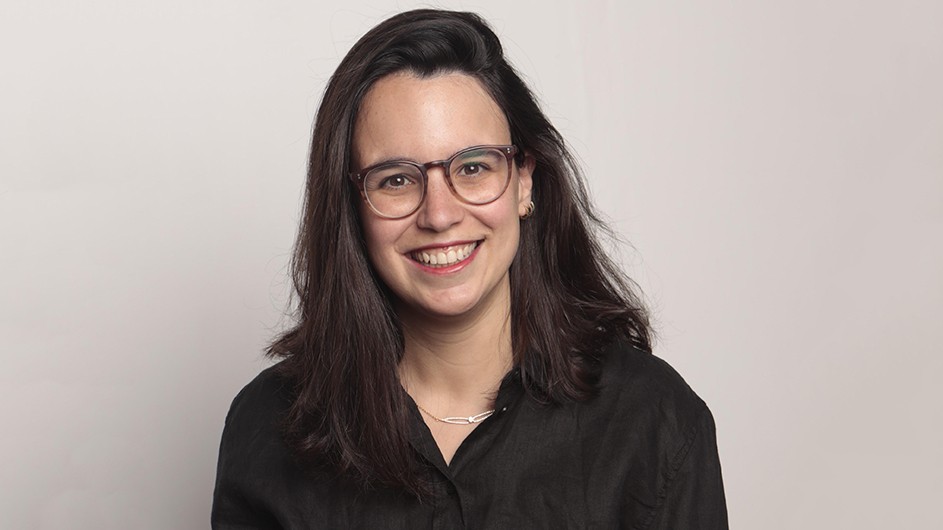Queiroz joins a number of Columbians conducting quantum research who have received NSF CAREER awards, which provide multi-year support to early career researchers. In the past five years, computer scientist Henry Yuen, physicists Ana Asenjo Garcia and Sebastian Will, and chemists Timothy Berkelbach and Xavier Roy have each received the early-career recognition.
The first step of Queiroz’s CAREER-supported project will be to develop new mathematical tools that can identify topological properties when a theoretical material is “disordered”—for example, if atoms that make up the material are missing or have been swapped with another element from the periodic table. The next step will be to characterize the implications of that disorder and how electrons in the material will behave as a result.
Using those tools and theoretical insights, Queiroz and her group members will then develop guiding principles that can be applied to real materials, in the hopes of making elusive quantum behaviors, like superconductivity, a reality. “There are a lot of material databases out there,” Queiroz noted. “We want to find a quick way to identify those that are topological.”

